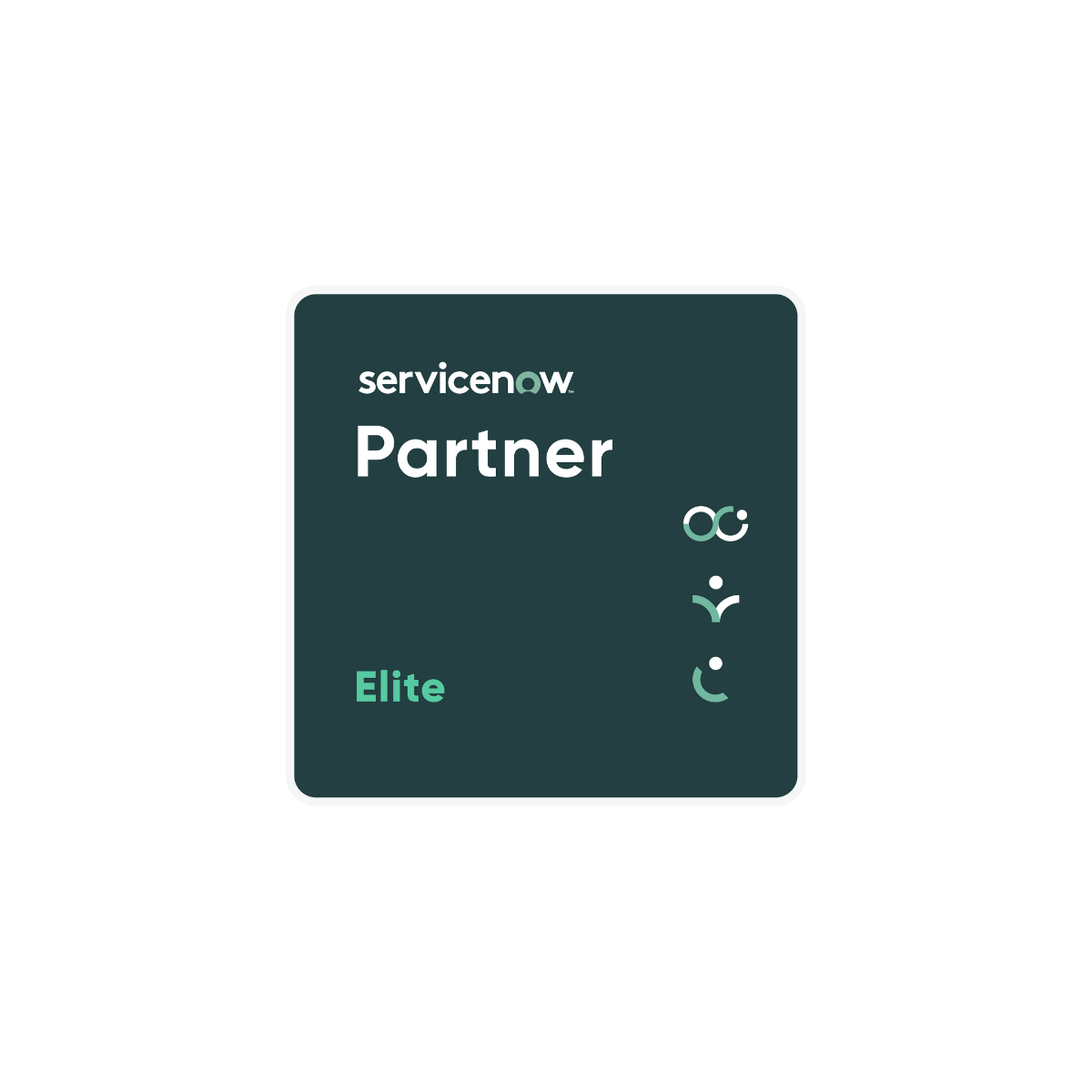You're an IT manager, and you've been tasked with managing the day to day operations of your organization's ServiceNow ITSM instance. But simply having ServiceNow in place is not enough to prove ROI to your leadership team; the platform is only as good as the data and ITSM processes around it.
Figuring out what ITSM best practices to implement can be as tricky as finding your way to the center of a labyrinth: standing up the wrong process can lead to a costly dead end. To help you find your way, we consulted our own ITSM managers to put together these 4 essential ServiceNow ITSM Best Practices that, once implemented, will help you prove the value of both ServiceNow and your team:
1. Define and Document Your KPIs
You don’t know what you don’t know. And you can’t improve something if you don't know what needs improving. It's so important that every team and department have a set of key performance indicators (KPIs) that define what they need to do in order to be successful and bring value to the organization. Like the well-known SMART goals, these should be very specific and easy to measure. A few examples include:
· First call resolution rates
· Number of service outages
· Service desks response time
Once defined, it should be very easy for you and your team to locate and reference your KPIs. When you onboard new people, it will help them orient themselves and understand the role they play in the larger organization.
It’s important to start with KPIs because you can build from there. Setting goals for your KPIs allows you to define and document your ITSM processes and report on your progress in ServiceNow. But your reports are only as good as the data in them, so if you’re having difficulties with a certain report, make sure you’re tracking and pulling the right metrics.
For example, the Crossfuze Service Desk handles 15,000 calls a month. Without established KPIs in ServiceNow, we would need a big team to track those calls, normalize the data, discover trends, and act upon the findings. Or, more realistically, none of that would even happen. But since we have our KPIs defined and in place, we can leverage ServiceNow ITSM best practices to report on all that data in near real-time.
2. Define your Process
Once you’ve defined your KPIs, you will need to define the processes that support them.
For example, if 70% of your incidents should be resolved on the first contact, consider requiring a knowledge article to be attached to or created for every call that comes in so you can grow your knowledge base.
If KPIs are your “What,” then the process is your “How.” And then of course, there’s the “Why”...
3. Share the “Why”
According to a recent Harvard Business Review article on employee motivation, “When a task doesn’t connect with or contribute to something workers value, they won’t be motivated to do it.” So, while KPIs and solid process foundations are required to maximize your use of the platform, your team may not fully buy into the process if they don’t understand why these are important to them.
For example, let’s say the process is to attach a knowledge article to every ticket that comes in. If your analysts don’t understand why this is a required step, they could see it as an obstacle that only makes it take longer to close out the ticket. But if you explain they’ll have a more robust and reliable library of knowledge articles to draw from in the future by requiring a knowledge article for every ticket, they’ll recognize that this effort will ultimately make their jobs easier. That’s something they’ll value and, therefore, they'll be more likely to comply with the process.
4. Housekeeping
Now that you have your KPIs documented, your processes defined, and your employees engaged, you are in a great position to make some changes and modifications to your ServiceNow instance.
Here are the two most important pieces of advice:
Configure rather than Customize
Let’s start with a quick overview of the differences between configuring and customizing. At a high level, configuring means making changes to your software using the tools available in the software. Customizing is making changes to your software with custom coding or integrations not supported by ServiceNow. While these are closely related and often lead to the same end result, the difference lies in updates and ongoing maintenance. Configurations are resilient to upgrades. Customizations often break.
ServiceNow software has been deployed for thousands of organizations and has ample configuration tools available to make your instance work for you. To find the right configuration, you may need to think a little creatively about what you’re trying to achieve; our engineers love tackling these kinds of puzzles! But by leveraging configurations and out of the box functionality, you can make your instance align with your KPIs and your processes while keeping everything upgrade-proof.
Keep a single source of record
Consolidate records into ServiceNow wherever you can. Having multiple systems of record make it difficult to stay consistent, makes your team less efficient by jumping between apps, and can wreak havoc on your data integrity if people have to enter the same information into different solutions. It also gives you the ability to manage and share knowledge. Centralizing this data is critical for knowledge creation, upkeep, and distribution because it gives your employees one place to access this collective knowledge and they can trust that it’s always the version they need.
Understanding the Human Factor
Whether you’re just starting with ServiceNow ITSM or you’re trying to improve an existing instance, it’s important to first take a step back and understand the human factor behind it all. Be clear on what outcomes you want to achieve with the software, what processes you have to support it, and how to keep your team on board.
We want to hear about your goals for ServiceNow—send us a note at LetsTalk@Crossfuze.com!





